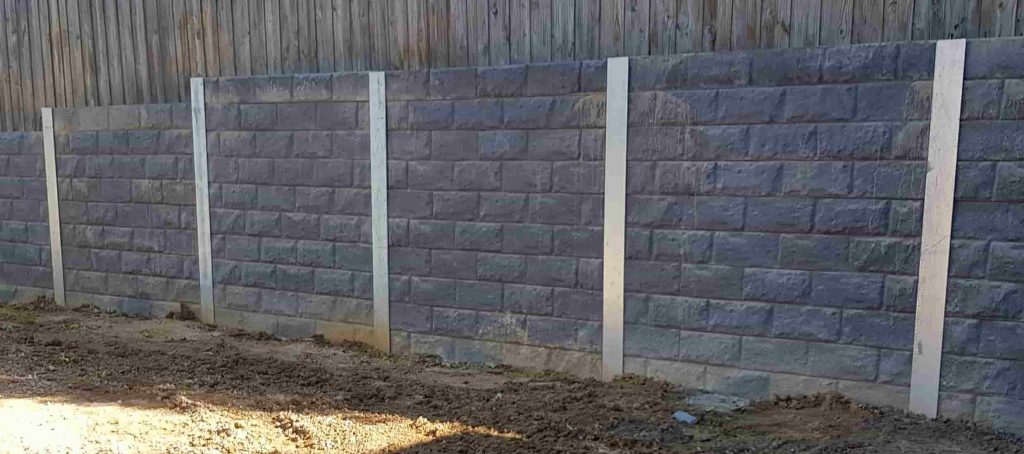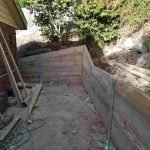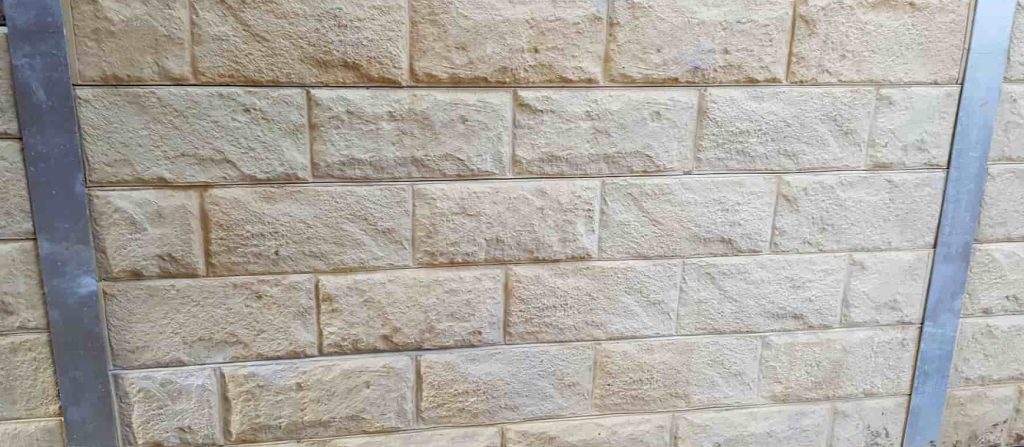Introduction
In the intricate world of building, job management functions as the foundation of successful endeavors. This is especially Click here for more true in specialized fields like retaining wall building, where competent contractors should intertwine engineering competence with creative problem-solving to attain optimal outcomes. The phrase "Effective Project Management by Skilled Retaining Wall Professionals" encapsulates the essence of what it takes to ensure that these projects are completed on time, within budget plan, and to the greatest standards of quality.
Retaining walls play an important function in stabilizing soil and preventing erosion. Whether they are made from timber sleeper, concrete sleeper, or even H beam, their design and building and construction require precise preparation and execution. This short article will delve into various elements of task management particular to retaining wall building, highlighting the value of professionalism and skill in accomplishing success.
Successful Task Management by Experienced Retaining Wall Contractors
Successful project management in retaining wall tasks hinges on several essential factors: appropriate planning, experienced labor, efficient communication, and rigorous quality control. A knowledgeable professional can browse these complexities effectively, making sure that every phase of the project lines up with both client expectations and regulative requirements.
Understanding Keeping Walls
What Are Keeping Walls?
A retaining wall is a structure created to keep back soil or rock from a structure site. They can be found in various products-- timber sleeper, concrete sleeper, or steel structures like H beams-- each offering unique benefits based on the job's requirements.

Types of Retaining Walls
Gravity Walls: These depend on their weight to withstand pressure from behind. Cantilever Walls: These utilize leverage to stand against lateral forces. Sheet Stack Walls: Perfect for soft soils; they interlock vertical sheets driven into the ground. Anchored Walls: Stabilized with cables or rods secured in the soil behind them.The Role of Skilled Contractors
Why Select Professional Contractors?
Choosing professional contractors for your retaining wall project makes sure that you receive skilled recommendations tailored to your particular requirements. From selecting appropriate materials like wood or concrete sleepers to comprehending local policies, their knowledge proves invaluable.
Expertise in Material Selection
Different tasks necessitate different products:
- Timber Sleeper Walls: Typically utilized for ornamental purposes; visually pleasing but less durable. Concrete Sleeper Walls: More robust than wood; ideal for larger jobs needing substantial strength. H Beam Structures: Exceptional for heavy-duty applications where extra assistance is necessary.
Planning Phase: The Heartbeat of Project Management
Setting Clear Objectives
Establishing clear objectives sets the phase for success. What do you desire your retaining wall to achieve? Disintegration control? Visual appeal? Structural stability? Specifying these objectives early helps guide decision-making throughout the project.
Budgeting Wisely
Creating a reasonable budget is important for any task's success. Consist of expenses for materials (like timber sleeper or concrete sleeper), labor, equipment leasing, permits, and unanticipated contingencies.
Communication Techniques for Success
The Significance of Open Communication
Effective communication among team members cultivates a collective environment favorable to analytical and innovation. Routine meetings ought to be set up at crucial milestones to evaluate development and attend to any issues promptly.
Utilizing Technology for Better Communication
Today's technology can improve communication significantly:
- Project management software application can track timelines and budgets efficiently. Mobile apps can facilitate real-time updates amongst team members on-site.
Risk Management Techniques
Identifying Prospective Dangers Early On
Understanding possible risks-- including weather affecting excavation work or delays in material supply-- is important for preserving timelines and budgets.

Developing Mitigation Strategies
Once risks are recognized, establishing strategies to alleviate them is essential. This might involve having backup providers or scheduling work throughout seasons with favorable weather condition conditions.
Execution Phase: Bringing Strategies to Life
Quality Control Measures Throughout Construction
Maintaining high standards throughout building and construction guarantees toughness and longevity:
- Regular evaluations should be conducted at each phase. Quality materials must be sourced-- whether you select timber sleeper or concrete options-- to make sure structural integrity.
Efficient Resource Management
Skilled contractors excel at resource management-- enhancing labor hours while decreasing waste is key to staying within budget and schedule.
Post-Construction Stage: Last Touches & Maintenance Planning
Conducting Thorough Inspections After Completion
Final examinations ought to verify that everything satisfies both customer expectations and regulatory standards before moving on with any landscaping or finishing touches.
Creating a Maintenance Prepare for Longevity
Educating clients on how best to maintain their brand-new retaining walls is similarly essential as the construction itself. Routine maintenance checks can prevent future problems connected to erosion or structural failure.

FAQs
1. What kinds of materials are best fit for maintaining walls?
The choice depends on your particular needs:
- For visual appeals: Timber sleepers may be preferable. For durability under pressure: Concrete sleepers are an outstanding option.
2. The length of time does it take to construct a keeping wall?
The timeline varies based on size and complexity but usually varies from numerous days to several weeks.
3. Do I require a license for building a keeping wall?
Yes, many towns require authorizations due to zoning laws targeted at preventing water overflow issues.
4. Can I build a retaining wall myself?
While DIY tasks can be rewarding, employing professional contractors typically ensures security, compliance with policies, and quality workmanship.
5. How do I understand if my soil needs stabilization?
Signs include relentless flooding after rain or visible erosion in time-- professional assessments can supply clarity here.
6. What maintenance do retaining walls require?
This consists of regular inspections for cracks or bulging locations in addition to ensuring drainage systems remain clear of debris.
Conclusion
Navigating the complexities related to "Successful Task Management by Skilled Retaining Wall Professionals" needs an understanding of engineering principles combined with practical experience in managing diverse groups effectively. By highlighting appropriate preparation, skilled labor selection-- consisting of choices between timber sleeper and concrete sleeper options-- and rigorous communication methods throughout all phases-- from preliminary preparation through post-construction maintenance-- you set yourself up not simply for conclusion but also long-term success in ensuring structural stability versus nature's obstacles!
In short, whether you're a hopeful do it yourself enthusiast checking out self-built solutions or a skilled property developer looking for professional support-- embracing these concepts will unquestionably lead you toward more effective ventures in constructing trustworthy keeping walls!